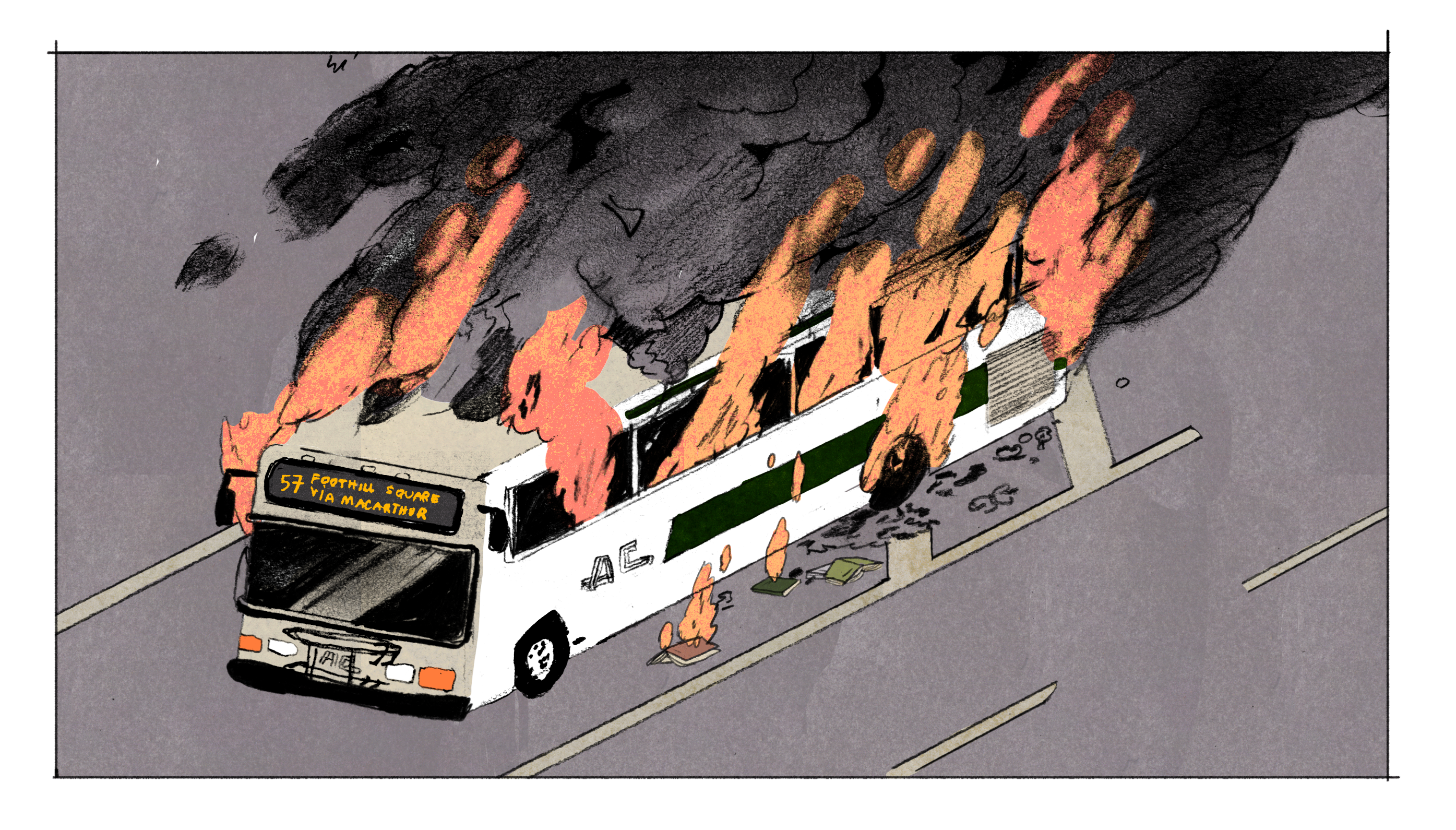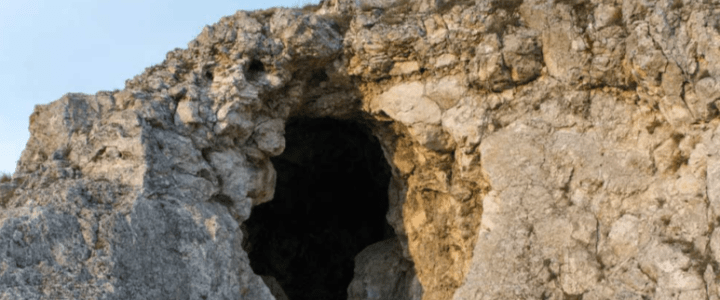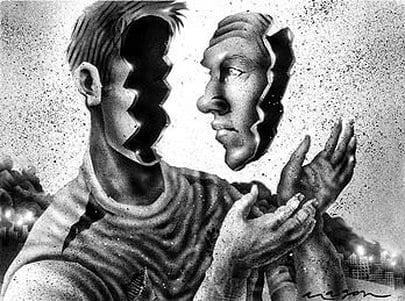Life is driven by experiences. The situations you encounter everyday are part of the building blocks involved in building character, ranging from hardship to ease. Different moral lessons are involved in the experiences of life, which is why adversity plays a big role in shaping an individual’s identity. When adversity does arise, it depends on how a person deals with it, and what they do to make the most out of the unpleasant situation. Someone who may have been through one difficult situation, or hundreds, have that awareness of what it’s like to go through a rough time, so they may be humble, optimistic, pessimistic, etc. That’s how character is shaped, which is part of identity.

The correlation between adversity and the development of identity/character is shown in the novel, The 57 Bus, by Dashka Slater. The novel is in the perspective of two characters, Sasha, a non-binary person, and Richard, an African American boy. In the novel, Sasha and Richard come across each other on a bus, hence the name The 57 Bus. On this bus, Sasha is wearing a skirt, while Richard is behind them, with his friends. Richard is pressured by his friends to hover a lighter underneath Sasha’s skirt, because they thought it was funny that Sasha, a person who looks like a male, is wearing a skirt. Richard, being impulsive in his decision, doesn’t understand the severity of what he just did, which results in Sasha getting serious burns all over their legs. The rest of the novel highlights the legal trial involving Richard, and the impacts of African American people being marginalized, bringing up violence. The novel also goes on to include insight on both characters, like their feelings and thoughts.

For the critical question, Richard is our best example. In his situation, he has pretty much faced adversity his entire life. Growing up in a dangerous area in Oakland, California, and being African American results in him being exposed to systemic racism, which had already impacted him, since he had already spent time in a group home (a condition after being charged with fighting as a juvenile). It had also impacted the people around him, like his friends who have served prison sentences and even one killed. Despite this, he wanted to become something. He wanted to make his mother proud, and escape the system. The permanent adversity in his life pushed him to work hard to escape it. Richard decided to join a program run by Kaprice Wilson, a school attendance counselor to try and improve his behavior and grades, which changed his identity and character as someone who really wants to be better; a good person. It was all going uphill for him until the incident on the bus, which he thought was a harmless prank, put him at risk of going to state prison. He stayed in the juvenile system for his whole sentence, because the court promised to not send him to an adult prison if he had good behavior. In the correctional facility, he got his diploma, began vocational training for trades, and worked for a non-profit organization. With Richard facing harsh circumstances, he was able to make the most out of the adversity he faced, which is reflected in his character to be the best version of himself.

In my own life, adversity has pushed me to do better, similar to Richard. At the beginning of the COVID-19 outbreak in 2020, we were all stuck at home, with nothing to do. It was like someone hit the pause button on life. For me, being stuck at home, with very minimal contact with others took a great toll on my mental health. Shortly before everything was shut down, I had a falling out with all my friends at school. I was already feeling pretty lonely, but when I found out I had to stay home, it made things a lot worse. The days continued to go on, becoming a repeating cycle of wake up, eat, play games, watch TV, sleep. I was so drained, I had no motivation to do anything. I felt angry. Why did I have to deal with this? I found a way to cope and make the days go by, by doing nothing productive. I began to lose confidence in myself as well, I hated being weak. Tension also began to build at home; understandably everyone was impacted. Grade 9 came by, and the first half was better in terms of seeing people and doing stuff, but I just wasn’t happy. Near the end of 2020, something enlightened me to try working out. As I explored Islam, I learned that in life you will be faced with bad situations, and that it is up to you to make the most of what you have. Difficulty started to push me to do better, it was all part of the process. In grade 9, we had been sent home a few times due to outbreaks, and we were encouraged to do PE exercises. I thought maybe I should try exercising. My dad bought me some dumbbells and barbells, and I did a lot of research into this. I also continued exploring my religion, trying to find peace. As grade 9 went on, I started to enjoy life again; I actually had fun at school with a new group of friends, and I began to get consistent with lifting/calisthenics. I started to see some progress, which motivated me a lot. I also began praying 5 times a day, and growing my faith. At the beginning of Grade 10, I got a gym membership, and the year went very well for me, since I was in a much better headspace. I practicing my faith as a muslim, and working on physical self improvement. Ever since the start of the difficulties, I have come to understand that life is full of tests. You will be tested in life: bad things will happen, good things will happen, but it all depends on how you deal with it. Whenever I encounter misfortune now, I am in a much better headspace to deal with it properly. Things will happen, I just have to make the most out of what life throws at me. I feel like this has a major impact on my identity. I lost that toxic trait I used to have, I learned to be humble and respectful to people, and myself. I began to see the good in things and people. From this change I had, I was able to hold onto several connections and friendships with many different individuals. I feel like I was also able to inspire my friends to be the best version of themselves. Adversity is part of the process of improvement.
Images:
https://www.kalw.org/arts-culture/2016-06-26/philosophy-talk-asks-about-the-limits-of-self-knowledge
https://www.istockphoto.com/photos/adversity
“They’re scared of this book”
https://www.themarshallproject.org/2021/03/08/many-juvenile-jails-are-now-almost-entirely-filled-with-young-people-of-color
 In Chimamanda Ngozi Adichie’s Purple Hibiscus, the theme of adversity shapes the identity of its characters. Adversity acts as a catalyst for transformation, forging the identities of individuals in the story. Kambili Achike, the main character, has her identity undergo profound changes due to the adversity she faces within her family. The oppressive environment created by her father, Eugene, showcases the impact of adversity on shaping identity. Eugene’s strict religious beliefs and abusive tendencies impose psychological and physical suffering upon his family. This adversity forms the base of Kambili’s growth, influencing her thoughts and actions. The constraints imposed by Eugene creates a restricted world for Kambili, limiting her ability to express herself. However, as the story progresses, instances of adversity, such as Kambili’s stay with her aunt, bring a gradual shift in her perception. Her exposure to a different lifestyle, one filled with freedom of expression and a relaxed atmosphere, challenges her prior experience, igniting a desire for opportunity. Adversity not only affects Kambili, but also shapes the identities of other characters like Jaja, her brother. Jaja’s defiance against their father’s authority is a direct response to the adversity he faces within the family. His rebellious behaviour shows a quest for identity in the face of adversity, leading to his captivity in order to protect his mother.
In Chimamanda Ngozi Adichie’s Purple Hibiscus, the theme of adversity shapes the identity of its characters. Adversity acts as a catalyst for transformation, forging the identities of individuals in the story. Kambili Achike, the main character, has her identity undergo profound changes due to the adversity she faces within her family. The oppressive environment created by her father, Eugene, showcases the impact of adversity on shaping identity. Eugene’s strict religious beliefs and abusive tendencies impose psychological and physical suffering upon his family. This adversity forms the base of Kambili’s growth, influencing her thoughts and actions. The constraints imposed by Eugene creates a restricted world for Kambili, limiting her ability to express herself. However, as the story progresses, instances of adversity, such as Kambili’s stay with her aunt, bring a gradual shift in her perception. Her exposure to a different lifestyle, one filled with freedom of expression and a relaxed atmosphere, challenges her prior experience, igniting a desire for opportunity. Adversity not only affects Kambili, but also shapes the identities of other characters like Jaja, her brother. Jaja’s defiance against their father’s authority is a direct response to the adversity he faces within the family. His rebellious behaviour shows a quest for identity in the face of adversity, leading to his captivity in order to protect his mother. 



 knowledge and returns at the cave to help the other prisoners. However due to the distance and the shadow illuminated from the fire in behind the prisoners only a illegible figure is displayed and incoherent sounds heard. Due to this untrustworthy figure the prisoners stay shackled and miss out on what the outside world holds.
knowledge and returns at the cave to help the other prisoners. However due to the distance and the shadow illuminated from the fire in behind the prisoners only a illegible figure is displayed and incoherent sounds heard. Due to this untrustworthy figure the prisoners stay shackled and miss out on what the outside world holds. was absolutely necessary. Personally during COVID-19 I struggled with how mundane each and every day happened to be. I love my family and enjoy their company but being locked up with them made us start to get irritated with each other. Every day was the same conversations, fights, and schedules and it was getting old. I started to spend more of my time in my room and caring less about online school in return, I feel I have been jeopardised of vital years of learning. For this reason my family especially followed the restrictions clearly and diligently so we could potentially return to everyday life. This quote by Albert Einstein accurately represents how monotonous mt life started to feel.
was absolutely necessary. Personally during COVID-19 I struggled with how mundane each and every day happened to be. I love my family and enjoy their company but being locked up with them made us start to get irritated with each other. Every day was the same conversations, fights, and schedules and it was getting old. I started to spend more of my time in my room and caring less about online school in return, I feel I have been jeopardised of vital years of learning. For this reason my family especially followed the restrictions clearly and diligently so we could potentially return to everyday life. This quote by Albert Einstein accurately represents how monotonous mt life started to feel.











